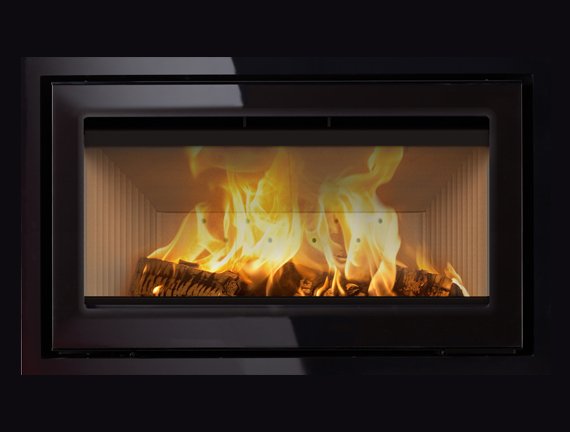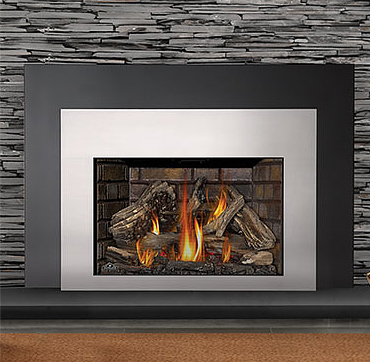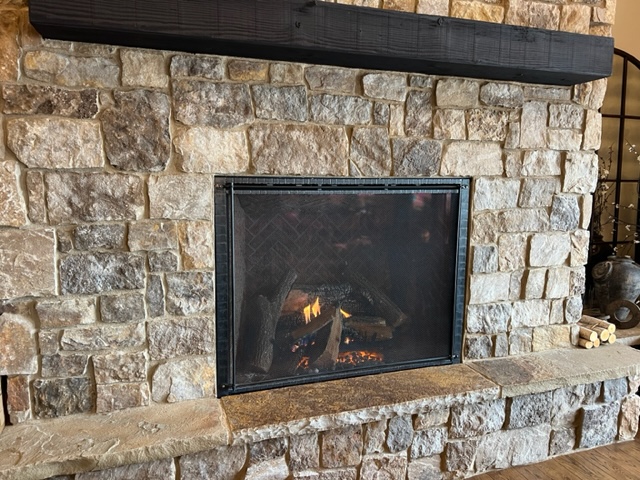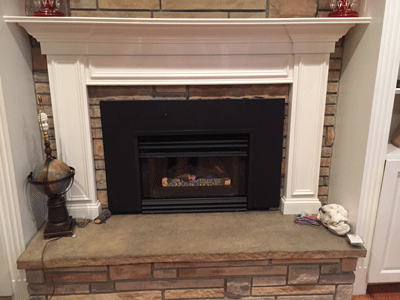Majestic fireplaces are among homeowners’ most beloved interior decor pieces worldwide. These majestic fixtures have been around for decades, providing more than just a source of heat and beauty – they provide an atmosphere of timeless sophistication and comfort.
When we look at a majestic fireplace, we can’t help but be taken back to unique and memorable times. From cozy country homes to stylish urban apartments, majestic fireplaces offer a sense of warmth and hospitality that transcends any age or style. They also evoke a feeling of nostalgia, reminding us of days spent cuddling around the fireplace on cold winter evenings.
The grandeur of a majestic fireplace begins with its design. The shapes and colors of these features vary greatly and create a unique visual statement in any room. Many feature intricate details such as hand-cut tiles, elaborate mantel carvings, and elegant stone hearths. Some models even feature gas logs and remote controls, perfect for those who don’t have time to tend to a real fire.
Although majestic fireplaces are often considered luxuries, they can bring practical benefits to any home. They provide warmth and ambiance during cold winter while adding value to a home’s resale price. They also monitor energy usage, saving homeowners money on their energy bills.
Finally, majestic fireplaces can be beautiful conversation pieces. Its presence can bring people together and give them something to discuss. Visitors will be drawn to its charm and enjoy learning about its history and craftsmanship.
Majestic fireplaces are genuinely a timeless asset to any home. Their eye-catching beauty and practical benefits make them a worthwhile investment for any homeowner. No matter your style, there will surely be a majestic fireplace to fit your needs – one that will provide years of comfort and enjoyment.











